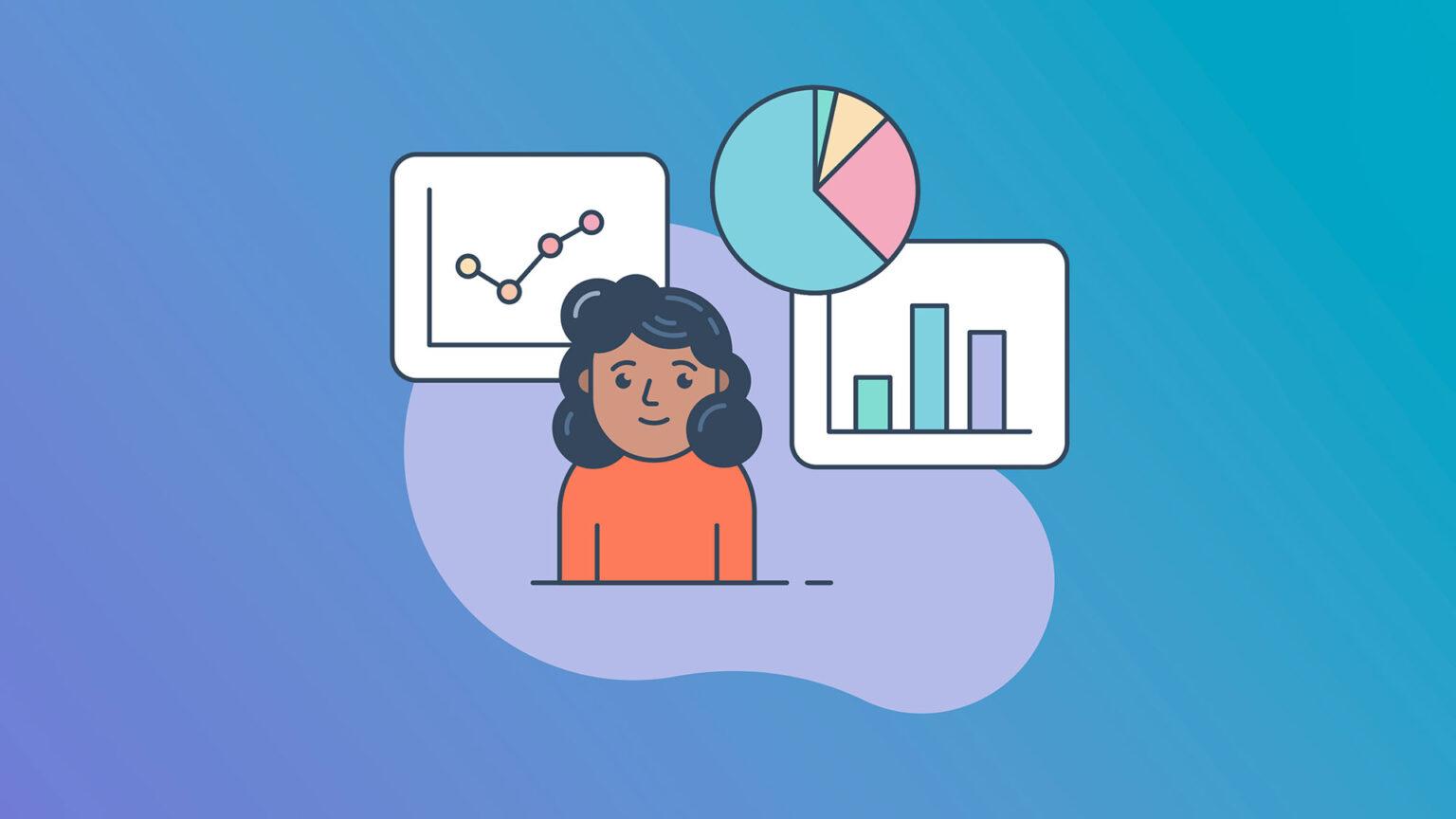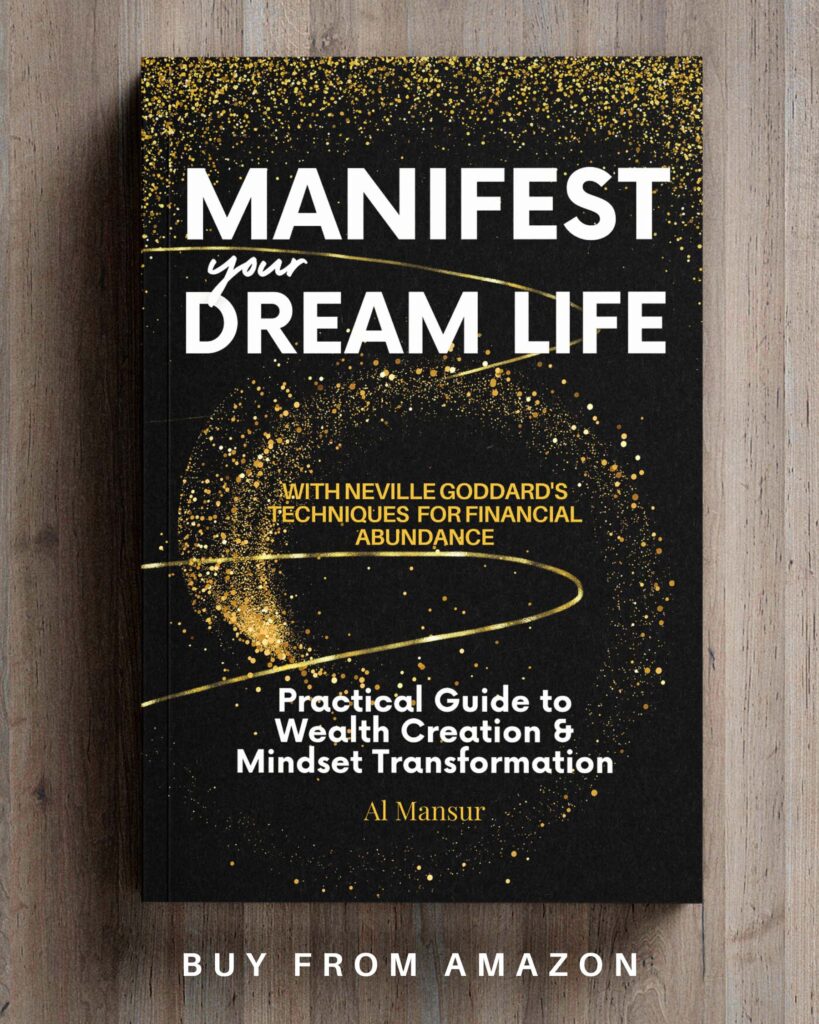What is a buyer persona? Explained Simply
A buyer persona, also known as a customer persona, marketing persona, or audience persona, is a fictional representation of your ideal customer. It is created through research and data to embody the core characteristics, goals, behaviors, and challenges of your target audience.

It helps to think of it as a composite sketch of your most promising customer. To effectively tailor your marketing, sales, and product development efforts to resonate with them, you need to understand their motivations, needs, and pain points.
A well-developed buyer persona should include the following key elements:
- Demographics: Age, gender, income, location, occupation, education level, etc.
- Psychographics: Values, interests, personality traits, lifestyle, etc.
- Goals and needs: What does your ideal customer want to achieve? What problems are they trying to solve?
- Challenges and pain points: What obstacles stand in their way? What frustrations do they experience?
- Information consumption habits: Where do they get their information? What online platforms do they use?
- Buyer’s journey: How do they research and make purchasing decisions?
- Quotes and language: How do they typically speak and express themselves?

Why are buyer personas important for marketing?
Buyer personas are important and crucial for your marketing efforts because they can help you:
- Targeted messaging and campaigns: Imagine shouting your message into a crowded room versus whispering directly to someone’s ear. Buyer personas help you do the latter. Understand your ideal customer’s demographics, interests, and pain points to craft targeted messages that resonate with them on a personal level. This increases engagement, click-through rates, and ultimately, conversions.
- Increased sales: Buyer personas aren’t just about awareness; they’re about guiding customers through the buying journey. By understanding their challenges and decision-making process, you can create relevant content, offers, and calls to action that move them closer to sales. Imagine offering solutions tailored to their specific needs – wouldn’t they be more likely to buy?
- Improved ad targeting: Online advertising platforms like Facebook and Google Ads allow you to target specific demographics and interests. With buyer personas in hand, you can leverage this precise targeting to reach the right people at the right time, maximizing your return on ad spend.
- Content that resonates: No more generic blog posts or social media updates. Buyer personas help you create content that speaks directly to your audience’s needs and interests. Whether it’s an informative blog post addressing their pain points or a fun social media video that aligns with their humor, relevant content fosters trust and engagement.
- Aligned teams: Marketing, sales, product development, and customer service all benefit from a shared understanding of the target audience. Buyer personas serve as a common reference point, ensuring everyone is working towards the same goals and delivering a consistent brand experience.
- Competitive edge: Understanding your customer better than your competitors gives you a significant advantage. Buyer personas enable you to focus your resources on the right audience, develop unique value propositions, and stay ahead of the curve.
Buyer personas are living documents that should be updated regularly as you learn more about your customers. It’s a roadmap for your marketing efforts. They help you navigate the customer journey, avoid dead ends, and reach your destination successfully.

Disclosure: I may earn a small commission if you buy something through my links in this content. This helps support my work, but my opinions and reviews are independent, not influenced by any affiliate partnerships.
How to research buyer persona? Diving deep to understand your ideal customer
Developing accurate and informative buyer personas requires research from various sources to paint a complete picture of your ideal customer. Here are some key methods to consider:
1. Internal data:
- Customer Relationship Management (CRM) system:CRM platforms like HubSpot or Salesforce will analyze data on demographics, purchase history, support interactions, and engagement patterns to identify trends and commonalities within your existing customer base.
- Website analytics: Understand where your target audience comes from, their browsing behavior, and what content resonates with them.
- Social media analytics: Discover your audience’s demographics, interests, and online communities on platforms they frequent.
- Surveys and polls: Gather direct feedback from existing customers or target audience segments through surveys and polls tailored to specific research questions.
2. External research:
- Market research reports: Leverage industry reports and studies to gain insights into your target market’s demographics, trends, and purchasing behaviors.
- Competitor analysis: Analyze your competitors’ marketing materials, website content, and target audience to understand their approach and identify potential gaps you can fill.
- Social listening: Follow relevant online communities, forums, and social media discussions to understand your target audience’s pain points, interests, and language.
- Expert interviews: Engage industry experts, consultants, or influencers familiar with your target market for qualitative insights and trends.
3. Qualitative research:
- Customer interviews: Conduct in-depth interviews with existing customers or target audience members to gain first-hand insights into their motivations, challenges, and decision-making process.
- Focus groups: Gather a small group of target audience members to discuss their thoughts, feelings, and behaviors related to your product or service in a moderated setting.
- Customer observation: Observe how your target audience interacts with your website, product, or competitors’ offerings to gather behavioral data.
Research Method Tips
- Combine quantitative and qualitative methods: This creates a well-rounded and nuanced understanding of your buyer persona.
- Focus on quality over quantity: Choose participants who truly represent your target audience.
- Don’t rely solely on existing customers: Include potential customers who haven’t purchased yet.
- Analyze and interpret data carefully: Look for patterns, trends, and commonalities to build a cohesive picture.
- Continuously update your personas: As your business evolves and you learn more, refine your personas to stay relevant.
Utilize these research methods effectively to build a rich and detailed buyer personas that inform and guide your marketing efforts, leading to increased engagement, sales, and brand loyalty.
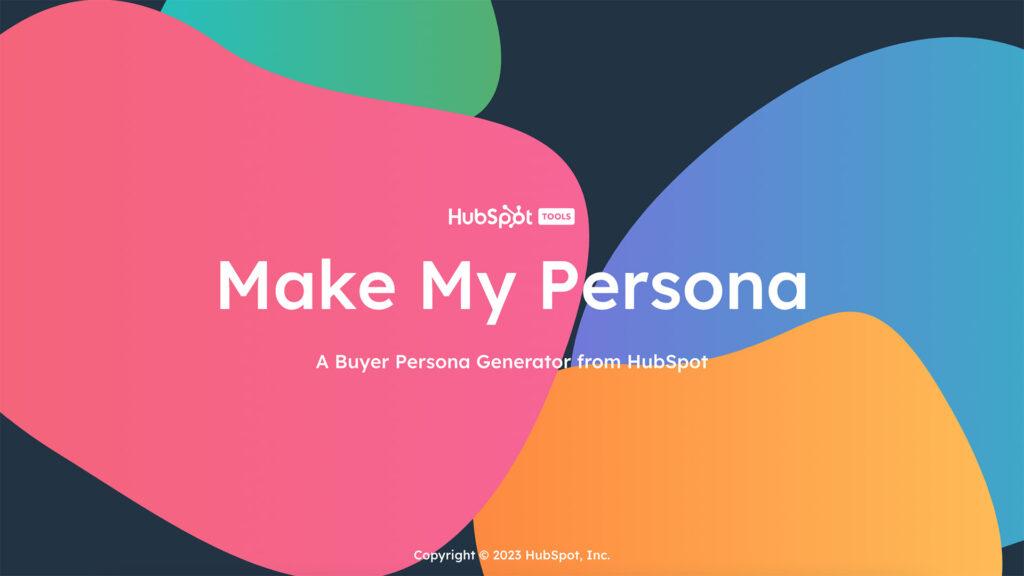
Creating your Buyer Persona: Tools and Steps
Crafting a powerful buyer persona requires gathering data, analysis, and a dash of creativity. Here’s a guide to the process, along with useful tools to support you:
1. Define your goals and target audience:
- What problem are you trying to solve with a buyer persona? Are you launching a new product, refining your marketing strategy, or improving customer service?
- Who are you trying to reach? Get a clear picture of your ideal customer, considering demographics, behaviors, and psychographics.
2. Gather data:
- Internal data: CRM systems, website analytics, and social media insights can reveal customer demographics, behavior, and content preferences.
- Surveys and polls: Use targeted surveys to collect direct feedback from your audience or potential customers. Tools like SurveyMonkey, Google Forms, or Typeform can help.
- Interviews and focus groups: Conduct in-depth discussions with existing customers or target audience members to understand their motivations, challenges, and decision-making process. You can use tools like Zoom or Calendly to schedule and manage these sessions.
- Market research: Leverage industry reports and studies to gain insights into your target market’s trends and purchasing behaviors. Look for platforms like Statista, Gartner, or Forrester.
- Competitor analysis: Analyze your competitors’ marketing materials and target audience to understand their approach and identify gaps you can fill. Tools like SEMrush or Similarweb can aid in competitor research.
3. Analyze and synthesize:
- Identify patterns and trends: Look for commonalities across your data sources to understand your target audience’s demographics, needs, goals, challenges, and preferred information channels.
- Develop a profile: Use your findings to create a detailed profile of your ideal customer, including a name, job title, age, interests, challenges, etc. Tools like HubSpot’s Make My Persona or Xtensio’s Persona Generator can provide templates and prompts.
- Bring your persona to life: Give your persona a personality, quote them, and illustrate them with an image to make them feel real and relatable.
4. Share and leverage your persona:
- Make your persona accessible: Share it with your marketing, sales, product development, and customer service teams to ensure everyone understands your target audience.
- Use your persona in decision-making: When creating content, developing products, or crafting marketing campaigns, refer to your persona to ensure they resonate with your ideal customer.
- Continuously update your persona: As you learn more about your target audience, refine your persona to stay relevant and accurate.
Additional creative tools:
- Miro or Figma: Visualize your buyer persona journey, pain points, and decision-making process.
- Buzzsumo or Ubersuggest: Find trending topics and content ideas relevant to your buyer persona’s interests.
- Canva or Visme: Create visually appealing buyer persona profiles.
The key is to gather meaningful data, analyze it thoughtfully, and create a persona that truly represents your ideal customer.
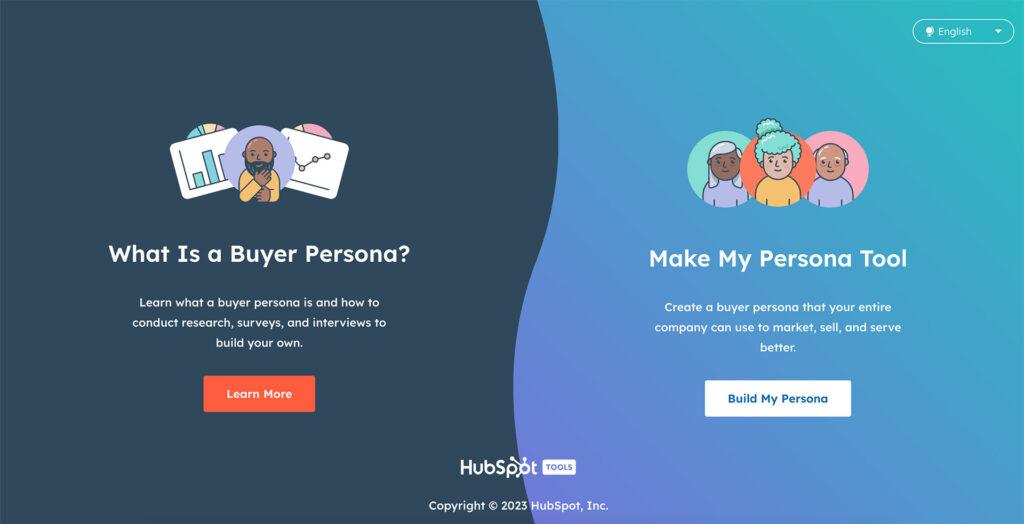
HubSpot Free Persona Generator
HubSpot’s persona generator is a free tool designed to help you create detailed buyer personas for your target audience. It’s especially useful for marketers and salespeople who want to better understand their ideal customers and tailor their messaging and offerings accordingly.
Here’s what the tool does:
- Guides you through the persona creation process: It provides a structured framework to capture key information about your target audience, including demographics, motivations, challenges, goals, and preferred communication channels.
- Generates a visual representation of your persona: Once you’ve entered the information, the tool creates a visual profile that summarizes your persona’s key characteristics.
- Offers customization options: You can personalize the persona profile with a name, photo, and quote to make it more relatable and memorable.
- Provides additional resources: HubSpot offers various resources on buyer personas, including blog posts, templates, and webinars, to help you get the most out of the tool.
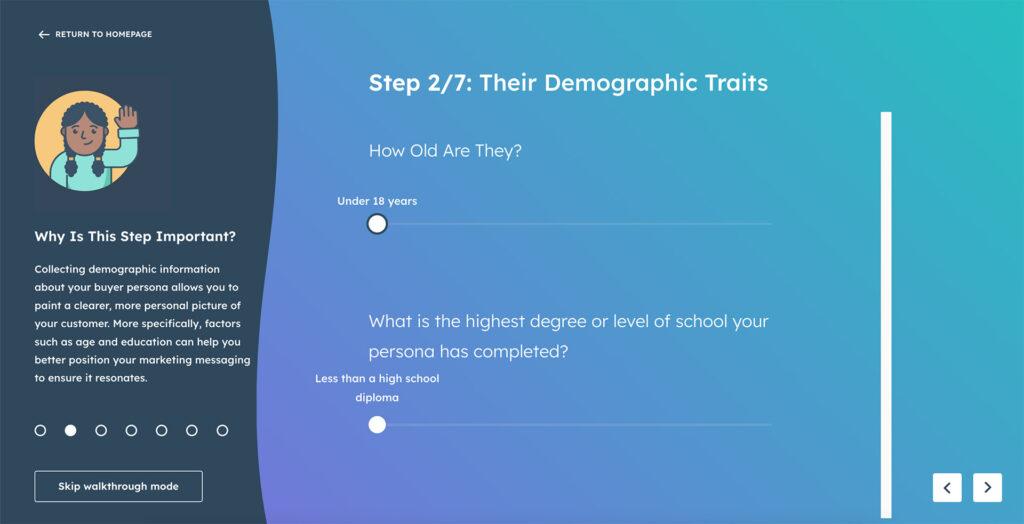
Here are some key benefits of using the HubSpot persona generator:
- The tool is completely free to use.
- Saves time and effort: Creating personas from scratch can be time-consuming. The generator streamlines the process and provides a starting point for further research.
- Improves marketing and sales effectiveness: Understand your target audience better, create more targeted marketing campaigns and sales pitches that resonate with their needs and preferences.
- Boosts team alignment: Sharing personas with your team ensures everyone has a clear understanding of the ideal customer, leading to more consistent messaging and customer interactions.
- You can create multiple personas for different segments of your target audience.
- The generated buyer persona template can be exported as PDFs or shared online.
Overall, the HubSpot persona generator is a valuable tool for anyone who wants to create buyer personas to guide their marketing and sales efforts. I hope this helps, and good luck with your efforts.
Create your first buyer persona here!

